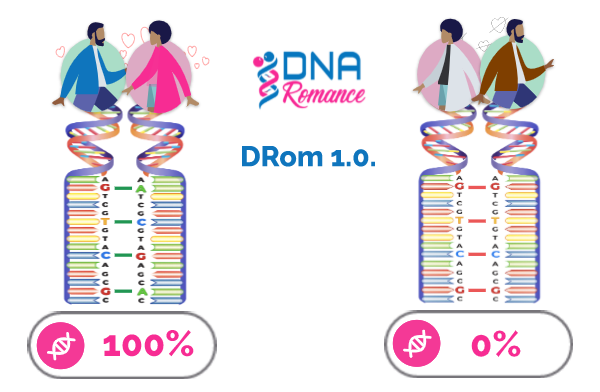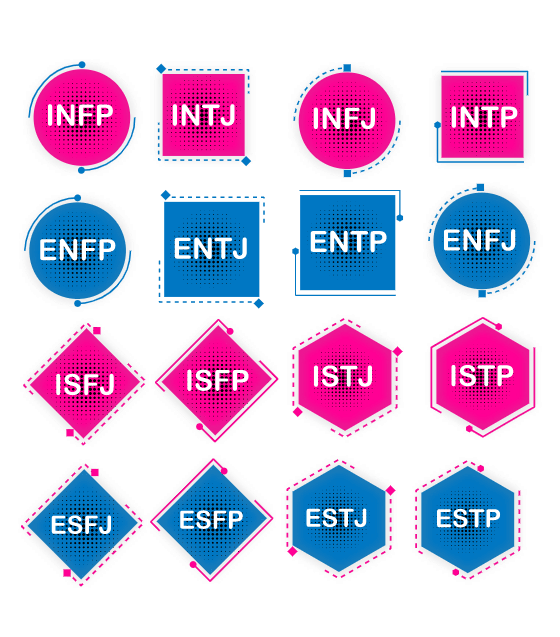La ciencia detrás de la compatibilidad en las relaciones
DNA Romance predice la "Química" en línea utilizando el DRom 1.0 algorithm. Este algoritmo evalúa 100 marcadores específicos dentro de tu ADN, centrándose en genes que se ha demostrado que están involucrados en la atracción y la reproducción. Los estudios han demostrado que las personas con marcadores de ADN variados en el Complejo Mayor de Histocompatibilidad (MHC) tienden a encontrar atractiva la fragancia del otro y a menudo disfrutan de relaciones románticas más duraderas..
DRom 1.0 predice química y desajustes entre familiares.

DNA Romance también pronostica Compatibilidad de personalidad Usando tipos de personalidad derivados de pruebas psicométricas, y permite a los usuarios evaluar Compartir intereses comunes usando filtros. Y y Atracción física Basado en las fotografías de sus coincidencias, DNA Romance ofrece una predicción de compatibilidad basada en la genética. second genetic algorithm DRom 2.0 DRom 2.0 complementa a DNA Romance utilizando un modelo de IA entrenado con marcadores de ADN relevantes para predecir con alta precisión los rasgos fenotípicos. Mecanismo de verificación de perfil que presenta múltiples capas de verificaciones que ayudan a indicar mejor la autenticidad del perfil de usuario".
Calificación de compatibilidad de personalidad
Cómo diferentes tipos de personalidad interactúan en las relaciones
Explora nuestro
Calificación de compatibilidad de personalidad
inspirado en los renombrados 16 tipos de personalidad de Jung/Myers-Briggs. Desarrollada hace más de un siglo por el psiquiatra suizo Dr. Carl Jung y perfeccionada posteriormente por Isabel Briggs Myers y Katherine Briggs, esta prueba psicométrica ha resistido la prueba del tiempo. Reconocida como el Indicador de Tipo Myers-Briggs®, se utiliza ampliamente en la psicología organizacional.
DNA Romance utiliza este algoritmo de compatibilidad de personalidad para predecir conexiones potenciales entre solteros y parejas. Los algoritmos de DNA Romance asignan estratégicamente puntuaciones de compatibilidad más altas a tipos de personalidad similares y puntuaciones más bajas a aquellos que pueden entrar en conflicto..
